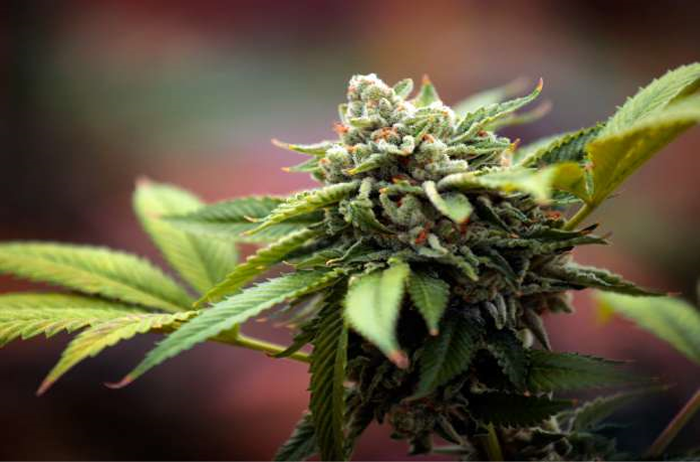A somewhat unheralded sign of spring appeared this week at the Pat Duffy Community and Youth Involved Center in Fort Pierre.
That’s where the annual joint supper for the weed and pest boards for Hughes and Stanley counties was held on Wednesday evening, Stanley County Weed Supervisor Lee Smith told the Capital Journal. Food at the event is sponsored by Dakota Mill & Grain and CHS Midwest Cooperative, and it’s attended by reps from various herbicide companies, Smith said.
Another sign of spring: Smith said he will be heading out Bad River Road in the next couple of days, depending on the weather, to monitor for hoary cress. It’s one of seven noxious weeds that the South Dakota officially targets for eradication.
About the weed Smith will be hunting, Tom Gere, agronomy services manager with the Dept. of Agriculture, says: “Hoary cress appears earlier in the growing season than many weeds, it is more challenging to get controlled in a timely manner. Effective control usually takes place by early May, often earlier than many are thinking about weed control.”
Smith told the Capital Journal he was not necessarily the best at identifying hoary cress – he’s just a couple years on the job of weed supervisor and serves mainly as the county’s highway supervisor. That could account for the increase in the number of acres Stanley County reported to the state between 2016 and 2017 – from 90 to 300. That came after showing a substantial drop from 500 acres in 2012 to 200 acres in 2013, down to 100 acres in 2014.
Lee says based on conversations with some others who are more knowledgeable, he might have mis-identified some penny cress as hoary cress. Accurate identification of the weed is something he’ll be focused on this year, he said, when he heads out Bad River Road to check things out.
One place in the county where hoary cress was known to be a problem, Smith said, was out by Hayes. That’s where Stanley County in past years had used some grant money from the state’s Weed and Pest Control Commission, specifically awarded to control hoary cress, Lee said.
Stanley County Auditor Phil Burtch told the Capital Journal that 2016 was the last year the county received a hoary cress grant – $6,100. In 2015 and 2014 Stanley County received $7,469 and $6,300, she said. She said the county also received some hoary cress money in years before that, but didn’t have the precise amounts.
The state’s program specifically targeting the control of hoary cress has awarded six counties (Aurora, Butte, Charles Mix, Custer, Fall River and Stanley) a bit more than $200,000 over the last 10 years according to Gere.
In Custer County, however, the reported hoary-cress-infested acres went from 900 in 2012 to 6,629 in 2017.
Gere said that obviously the state’s Weed and Pest Commissioners wouldn’t make such grants if they didn’t think it had a positive effect. The number of identified and reported infested acres is influenced by a number of factors, Gere said. So it’s possible that for counties that showed an increase in infestations, they would have shown an even greater increase without targeted eradication.
Some of the factors that influence the observational counts of a particular weed have nothing to do with the amount of spraying that’s done for it, Gere said. To illustrate that point, he described some land his grandparents owned near Woonsocket that was in the CRP program.
When the CRP contract wasn’t renewed, he said, his grandparents prepared to start planting the land in crops again, and burned off the grass that was growing on it. Once it was burned off, fields filled with Canada thistle were revealed. And Canada thistle is on the state’s official list of noxious weeds.
The state has an official list so that county weed and pest boards can enforce their eradication. Left unabated the weeds might out-compete native plants and wreak environmental havoc. If necessary, a county weed and pest board can require landowners to control the noxious weeds on their property, and if they don’t, go ahead take care of the weeds and bill the landowner.
Noxious weed control can be done in whatever way the landowner likes – with chemicals, by mowing, or with tillage, Gere said. So Gunsmoke Farms LLC, the new owner of the 34,000-acre farm northwest of Fort Pierre, doesn’t have to use any chemicals that might undercut the effort to convert the land to certified organic acreage, with an eye to growing organic wheat for General Mills.
Based on statistics provided by the state’s Dept. of Agriculture, weed and pest boards across the state had budgets in 2017 that totaled a little under $5.5 million.
credit:capjournal.com










